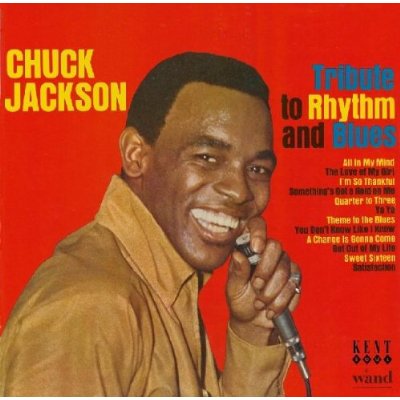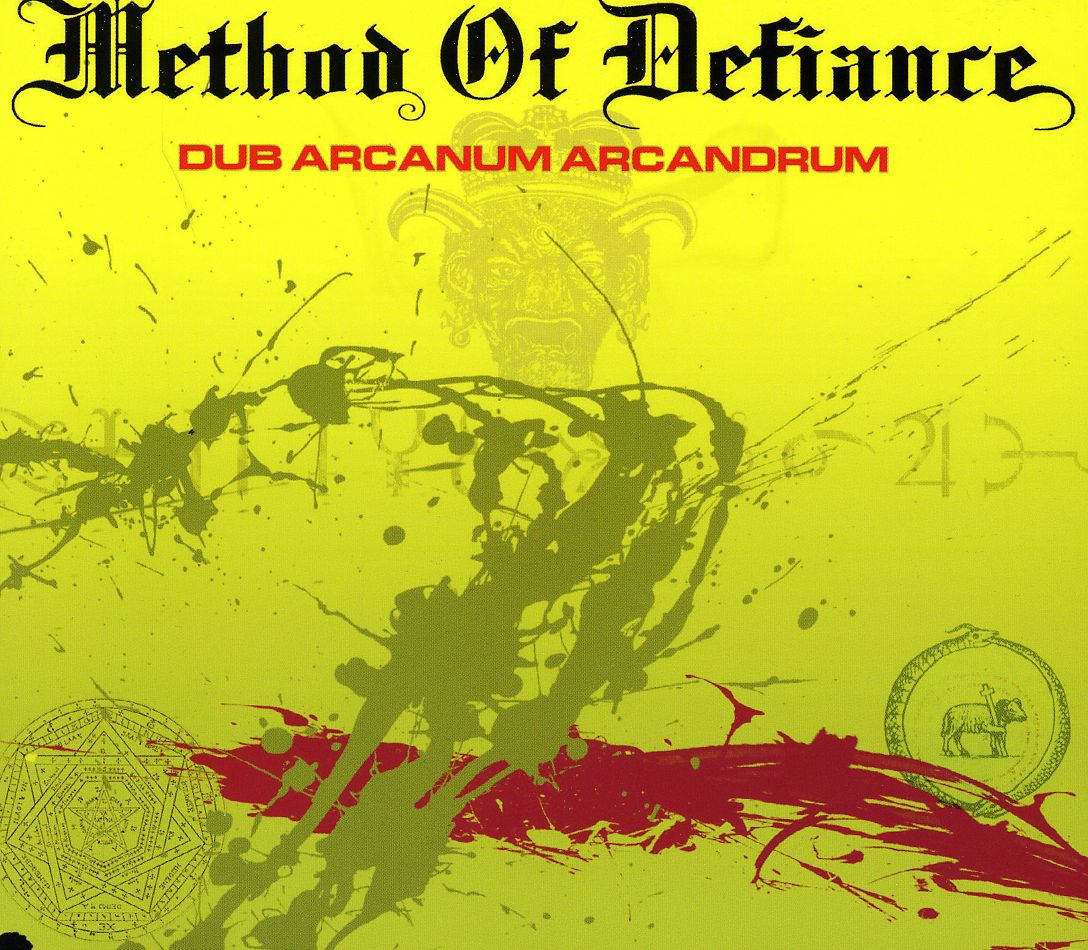
Campbell, W. Joseph
product information
description
0
A sweeping look at the messy and contentious past of US presidential pre-election polls and why they aren't as reliable as we think.
Polls in U.S. presidential elections can and do get it wrong--as surprising outcomes in 2020, in 2016, in 2012, in 2004, in 2000 all remind us. Lost in a Gallup captures in lively and unprecedented fashion the stories of polling flops, epic upsets, unforeseen landslides, and exit poll fiascoes in presidential elections since 1936. Polling's checkered record in elections has rarely been considered in detail and, until now, has never been addressed collectively. Polling embarrassments are not all alike. Pollsters have anticipated tight elections when landslides occurred; they have indicated the wrong winner in closer elections; state polls have confounded expected national outcomes. Exit polling has thrown Election Day into confusion. The work of venerable pollsters has been singularly and memorably in error. It is a rare presidential election not to be marred by polling controversies. Lost in a Gallup casts a critical eye on major figures in election polling such as George Gallup, a prickly founding father of public opinion research. The book also considers the polling innovations of Warren Mitofsky, whose admonition rings true across generations: "There's a lot of room for humility in polling. Every time you get cocky, you lose." Lost in a Gallup examines how polling failure often equates to journalistic failure. Historically, poll-bashing was quite pronounced among prominent journalists, including well-known newspaper columnists such as Mike Royko in Chicago and Jimmy Breslin in New York. They and other journalists challenged the presumption that polls could accurately measure or interpret what the public was thinking. Even so, polls drive news media narratives about presidential elections, shaping conventional wisdom about how competitive those races are. As Lost in a Gallup makes clear, polls are not always in error. But when they fail, they can fail in surprising ways.member goods
No member items were found under this heading.
listens & views

PISTAS: CANTA COMO ANGELES NEGROS
by PISTAS: CANTA COMO ANGELES NEGROS
COMPACT DISCout of stock
$4.55
Return Policy
All sales are final
Shipping
No special shipping considerations available.
Shipping fees determined at checkout.






